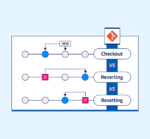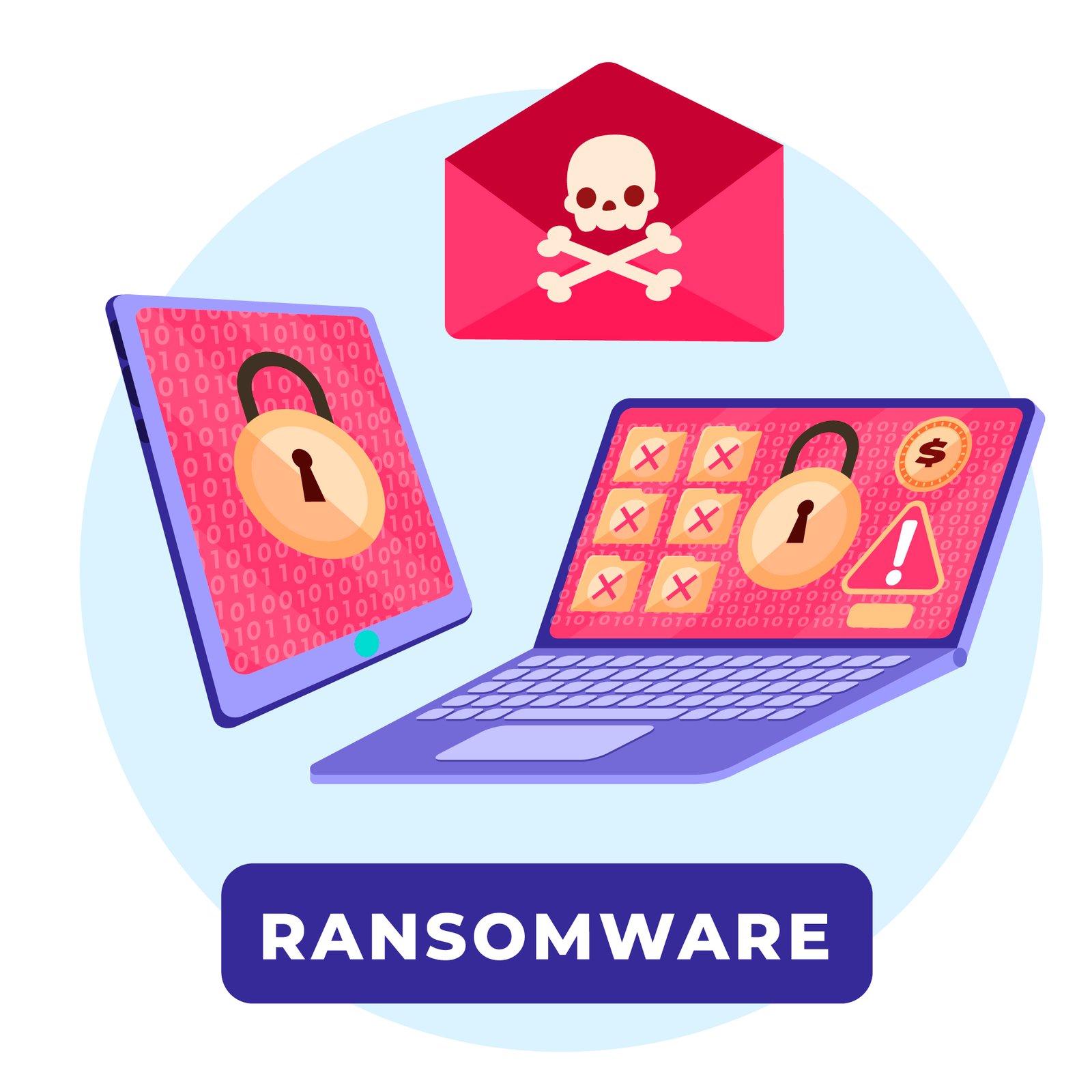Table of Contents
In 2025, the digital landscape is more connected than ever before. While this connectivity brings convenience and innovation, it also exposes organizations to complex cybersecurity challenges. From sophisticated ransomware attacks to AI-powered threats, businesses and individuals must adopt advanced security frameworks to stay protected. This article explores the key cyber security threats, strategies, services, and trends shaping 2025, with a closer look at Cybersecurity Mesh Architecture (CSMA) and the role of AI in cyber security.
Cyber Security Challenges in 2025
The year 2025 introduces both opportunities and risks for digital ecosystems. Some of the top cyber security challenges include:
- Evolving Ransomware Attacks – Ransomware attacks are highly sophisticated campaigns directed against the healthcare, financial, and government institutions.
- IoT and 5G Vulnerabilities – With billions of IoT devices connected through 5G networks, once vulnerabilities in the edge devices are discovered, data breaches will be in the billions.
- Supply Chain Attacks – Cybercriminals are finding ways in through the third party vendors, and supply chain security has become a paramount concern.
- Data Privacy Regulations – New regulations that organizations must comply with include restricted data privacy regulations such as GDPR or CCPA and other evolving laws globally: they are operational complexities that increase.
- AI-powered Attacks – The usage of AI allows threat actors to automate phishing, develop deepfakes, and evade common detection.
Business will have to have a forward-looking security strategy that involves technology, training, and governance to deal with these challenges.
Cyber Security Threats
The cyber threat landscape in 2025 is dominated by:
- Ransomware 2.0 – While the data is still encrypted, the attackers would threaten with its leaked on dark web markets.
- Phishing and Social Engineering – Phishing emails, underpinned by generative AI, become indistinguishable communications.
- Cloud Security Risks – Top risks in cloud-hosted systems are still misconfigurations and unauthorized access.
- Zero-Day Exploits – Attackers can regularly use unpatched software vulnerabilities to gain an entry point.
- Insider Threats – Employees, contractors, or partners with access can cause data leaks intentionally or accidentally.
It needs proactive models of enterprise security, making the most of threat intelligence and deep monitoring to be ahead of those.
Cybersecurity Mesh Architecture (CSMA)
One concrete promise of a framework in 2025 is the Cybersecurity Mesh Architecture (CSMA). It depicts a distributed approach to security where a multitude of security instruments are being interconnected as opposed to being siloed.
Key Features of CSMA:
- Scalability – Works with the Cloud-native environment and hybrid infrastructure.
- Interoperability – Offers seamless sharing of data among disparate security tools and systems.
- Centralized Policy Management – Ensures consistent security enforcement across all platforms.
- Adaptive Security – Uses real-time analytics to respond dynamically to new threats.
As reported by Gartner, by 2025, CSMA will curb security incidents’ financial impact by up to 90%, thus making it an integral offering for enterprise-level Cybersecurity strategy-making.
Cyber Security Trend in 2025
The cybersecurity industry keeps building on its ideas and concepts. Thriving cyber security trends slated for the year 2025 include:
- Striking the path for Zero Trust Implementation, where “never trust, always verify” is practised all across-the-board in enterprises.
- AI and ML-driven Security-With AI detecting anomalies, automating response, and predicting attacks.
- Passwordless Authentication – No more traditional passwords will be allowed with the use of biometrics, tokens, and multi-factor authentication.
- Quantum Cryptography – As the age of quantum computing opens, organizations will be experimenting with post-quantum cryptography.
- Cybersecurity-as-a-Service (CSaaS) – Companies are increasingly outsourcing their security services to specialists in the field.
These trends go on to show the increased importance of AI in cybersecurity and the trend toward less centralized, yet-connected security architectures.
AI in Cyber Security
In AI, in 2025, we have a potential adversary or a concrete defense. Attackers hone the application of AI to augment their operations, while defenders are using it to shore up their defenses.
Applications of AI in Cybersecurity:
- Threat Detection – Here, machine learning evaluates anomalies in network traffic and user behavior.
- Incident Response – These systems can autonomously contain and fix attacks in real-time.
- Predictive Analysis – AI models predict threats based on past trends and current data.
- Fraud Prevention – AI monitors financial transactions for fraudulent activity.
- Phishing Detection – Machine learning is used to detect suspicious messages before they can reach end-users.
The integration of AI helps organizations minimize response times, reduce human error, and scale their enterprise security strategies effectively.
Cyber Security Strategy
A strong cyber security strategy is required to protect the entirety of the digital assets in 2025. It is built upon the following core pillars:
- Risk Assessment – Regular assessment of vulnerabilities and possible attack vectors.
- Zero Trust Architecture – Restricting access based on identity verification and continuous monitoring.
- Employee Training – Build a security culture to mitigate human-related risks.
- Incident Response Plan – Preparing a clear set of steps for containment, communication, and recovery.
- Continuous Monitoring – Employing monitoring tools such as SIEMs (Security Information and Event Management) and threat intelligence platforms.
This will keep the organization as close to its strategy as possible with its cybersecurity services and tools, minimizing downtime, protecting reputation, and ensuring compliance.
Enterprise Security in 2025
Enterprise security, for larger organizations, is no longer just about firewalls and antivirus protection. It encompasses a multi-layered defense strategy to protect:
- The Network- Secure configuration, firewalls, intrusion detection system.
- Cloud Infrastructure – Cloud-native security applications to protect applications and data.
- Endpoints – Advanced Endpoint Detection and Response (EDR).
- Identity & Access – Identity and Access Management (IAM) systems with biometric authentication.
- Operational Technology (OT) – Protection for industrial control systems in manufacturing and energy sectors.
For enterprises to really embrace new tools that work in sync with an integrated security environment, they also need to adopt Cyber Security Mesh architecture.
Cyber Security Services
The organizations now heavily depend on cyber security services in managing the complex nature of today’s cyber threats. These services range from:
- Managed Security Services – Particularly round-the-clock monitoring and management of security apparatus.
- Penetration Testing – This involves trying to hack into your system to reveal vulnerabilities before hackers do.
- Cloud Security Services – Specialized tools and frameworks to cater for security of cloud, usually cloud-based entities.
- Incident Response Services – Remediation during active cyber incidence by experts.
- Compliance Services – Meeting requirements for fulfilling the worldwide code of compliance in the different industry standards.
By outsourcing cybersecurity operations, companies can reduce costs while gaining access to the latest technologies and expert knowledge. For more insights, check out IBM’s guide on managed security services.
Conclusion
Threats of the future in the cyber-security frontiers as much as putting AI into cyber security devices are advanced ransomware and more complex infrastructures. Therefore, companies must invest in Cybersecurity Mesh Architecture (CSMA), adapt AI in cyber security, and create resilient cyber security strategies to stay relevant in the new modern trends.
From small businesses implementing measures to the actions taken by all forms and sizes that are covered by cyber security, investment in service provision by the defense is no longer an option but a lifeline in the modern digital age.
Find more content on our website here.










